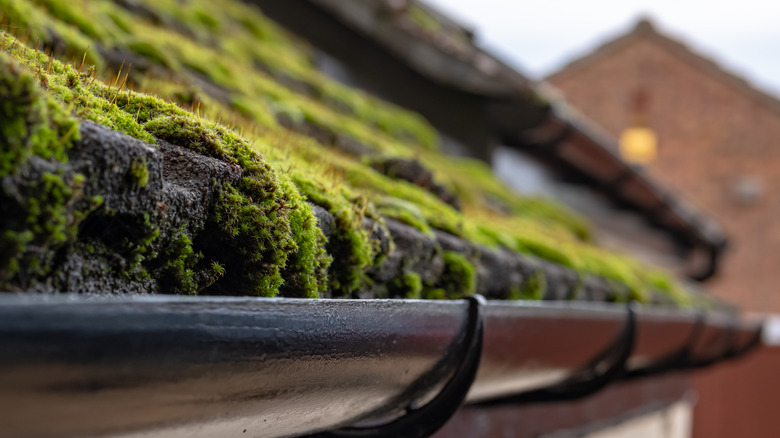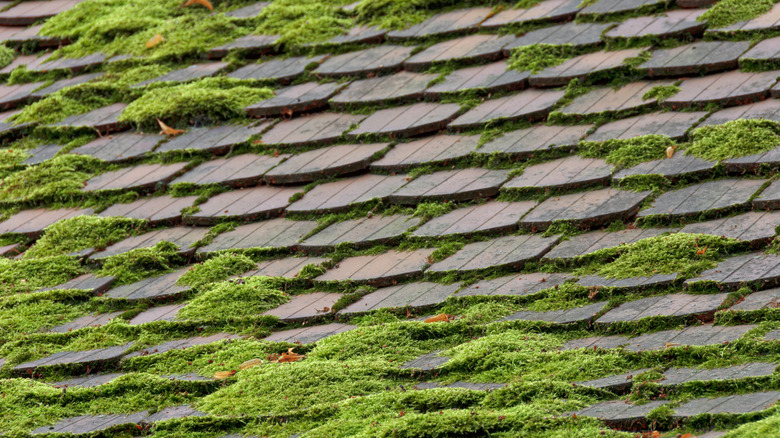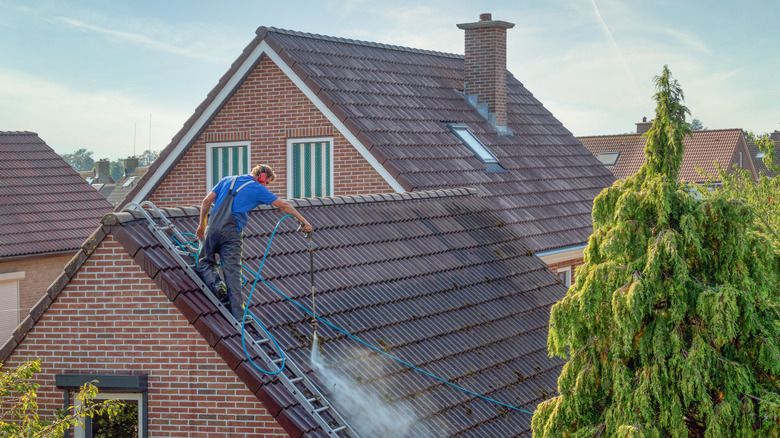Why You Should Remove Moss From Your Roof
While it might look lush and whimsical, moss can corrode your roof, and might even end up costing you a great deal of money in repairs. Removing moss is imperative to protecting the upper structure of your home, and the sooner you address this destructive element, the better. Your roof is the only shield between your home and the elements, which means any issues that arise with it could allow moisture to get inside, resulting in even bigger problems down the line.
The main factor with moss collecting on your roof is that over time it can grow and collect beneath the shingles. As this happens, wood and other materials will begin to lift up, allowing water to get inside the roof. Once moisture has breached your outer layer, it's only a matter of time before it affects your ceilings and even the interior walls, floors, as well as your belongings. As soon as you notice moss growing on your roof, it's best to remove it quickly and completely.
Moss can burrow under and corrode roof shingles
Many homes will incur moss on the roof at some point. It usually grows where there's less sun contact and moisture is abundant. The first signs of a moss problem will look like light green dust, but over time this will grow into bigger clumps. Moss can grow quite quickly, especially when conditions in your area allow for a lot of dampness. Once it begins to thicken, moss will collect between (and eventually underneath) your shingles. Not only is lifting a huge concern for your roof, but the moisture from this species can collect in wood. If this happens, detaching moss isn't easily done, because it becomes part of the shingle, clinging to the porous material.
When this happens, the wood shingles will begin to rot. Think of moss like a wet towel or sponge — as it releases water onto your roofing materials, these in turn will absorb it and corrode. Once this barrier breaks down, it's only a matter of time before your ceiling also takes on the damage.
Moss rots wood and retains detrimental moisture
Your roof is made up of several layers, but the shingles obviously act as the first level of defense against rain, sleet, snow, and even intense heat. If moss is allowed to penetrate them, the next step will be moisture seeping into the felt that sits beneath the shingles.
The good news is that your roof was built to withstand water, but it can become a problem if water is allowed to sit for too long, which is what happens when this vegetation has the chance to linger. If you remove moss quickly, the materials will be able to dry and continue repelling moisture. The point to remember is regardless of the material, moss can grow under and lift it.
Removing moss is relatively simple, and can be done with household items. You can create a bleach and water mixture, which will eliminate the patches that have popped up, applying it with a spray bottle or larger device that serves the same purpose. Give the combination (which should approximate 1 gallon of water for every 4 ounces of bleach) time to soak into the moss, and once it has turned a yellow shade, you know it's ready to be brushed off.


